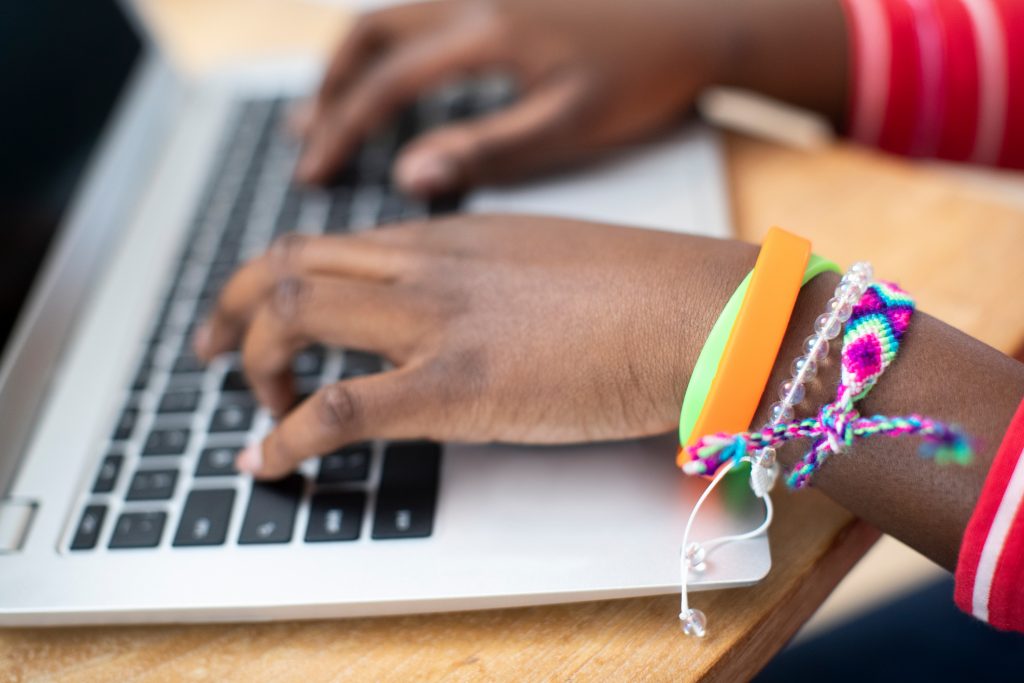
Statistics Canada has released the 2017 Aboriginal Peoples Survey this month, and it sheds lights on Aboriginal language and culture across the country. The study revealed that young people were far less likely to understand even a few words, which is less than their parents’ generation. The study, which takes places every five years and surveys over 45,000 Indigenous people from across Canada to investigate topics from language proficiency, to literacy rates to sexual health among Indigenous people. The 2017 APS is a national survey of First Nations people living off reserve, Métis and Inuit aged 15 years and over, and collects information not available from other sources, such as the Census.
The APS provides key statistics to inform policy and programming activities aimed at improving the well-being of Aboriginal Peoples. It is a valuable source of information for a variety of stakeholders, including Aboriginal organizations, communities, service providers, researchers, governments, and the general public.
The survey is carried out by Statistics Canada with funding provided by three federal departments: Crown-Indigenous Relations and Northern Affairs Canada & Indigenous Services Canada (formerly Indigenous and Northern Affairs Canada), and Employment and Social Development Canada.
Key Findings
The North Leads– Data for all three territories shows about half of Indigenous northerners can speak or understand an Indigenous language “very well or relatively well,” but those speakers are unevenly distributed across the North, and Nunavut leads in language fluency. While more than 80% of Nunavummiut said they could could understand one Indigenous language, in Yukon, only around one in 10 people could claim the same.
Generational Divide– Around 35% of total Indigenous people over 55 could speak an Indigenous language well while less than 10 percent of those under the age off 55 said the same.





